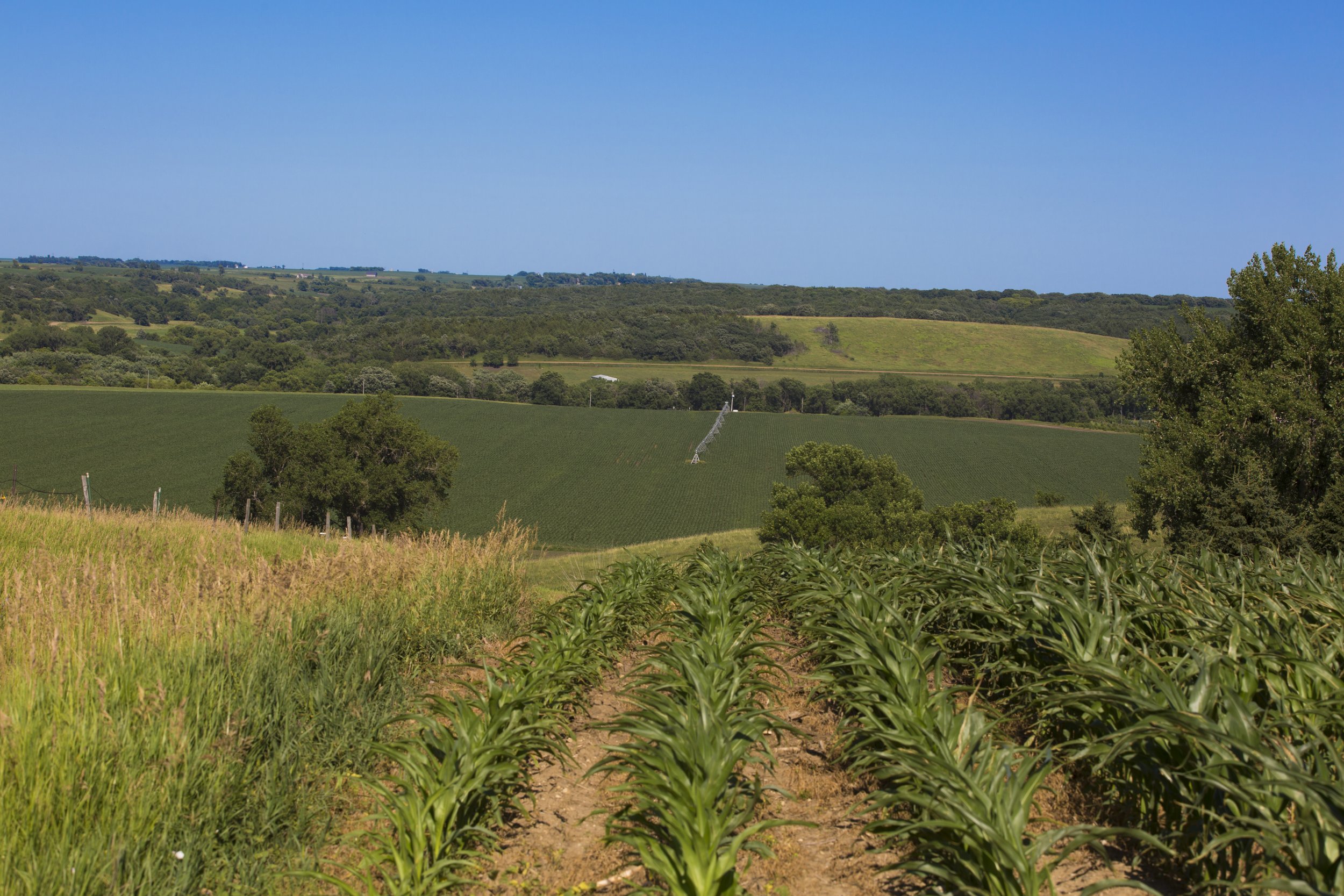
RURAL
At Friends of the Big Sioux River, we strive to work with the agricultural community to find solutions and implement practices that protect our environment and natural resources. Scroll down or click the buttons below to learn about practices you can implement in rural areas to improve water quality.
FBSR Rural Position Statements
We Support:
Riparian strips to minimize and reduce the erosion of valuable topsoil and reduce sediment from entering waterways throughout the Big Sioux River watershed.
Alternative off stream watering sources for livestock, such as wells and stock ponds, to eliminate the grazing of cattle in streams, the erosion of stream banks, and livestock waste in the water.
The preservation of wetlands to create natural filters for runoff and serve as critical habitat for wildlife.
Enactment of reasonable regulations on CAFOs (Concentrated Animal Feeding Operations) to help alleviate disputes that are occurring in neighboring states. Environmental standards should be higher for larger agricultural operations.
The position that agriculture, developers and other industries should be responsible for the costs of their operations. These costs should not be externalized at the expense of public resources and environmental impact.
Enhanced enforcement of existing environmental rules and regulations, including on-site inspections, advice for operators, and remediation steps for offenders.
We Are Concerned About:
Use of drain tile to remove rainwater from farmland quickly.
Development of CAFOs in areas with shallow aquifers such as those in most of the Big Sioux River watershed.
What Rural Responsibility Looks Like
Livestock Fencing
Keep livestock and livestock waste out of rivers and streams. Wading cows can increase E. coli levels.
Chemical Conservation
Excess fertilizer, pesticides, & herbicides runoff into lakes, rivers, & streams and contribute to high nutrient levels. When applying chemicals, maintain a safe distance from surface water and abide by chemical applicator rules.
Wetland Preservation
Wetlands act as natural filters for runoff and serve as critical habitat for wildlife.
Cover Crops
Use cover crops. Cover crops build healthier soil, reduce fertilizer applications, and retain soil moisture.
Responsible Grazing
Avoid overgrazing pastures to ensure healthy ground cover. If you enroll your land in SRAM or other conservation programs, make sure you follow the guidelines for healthy grazing practices.
Reduced Tile Drainage
Tile drainage increases nitrate levels in rivers and streams. By moving water off the land more quickly, chemical pollutants don't have the chance to filter out and instead are deposited into local water bodies. Plant grasses in easily wet areas, and avoid farming areas that are prone to flooding.
Riparian Buffers
Planting riparian buffers along waterways can slow erosion and catch contaminated runoff. Learn more here!
Commitment to Learning
Conservation Programs
Success stories, such as those of the Mortenson Ranch & the Leopold Conservation Award Winners, prove that conservation can pay! SARE, USDA Farm Service Agency, SD Grassland Coalition, & the Big Sioux River Watershed Project offer conservation options!















